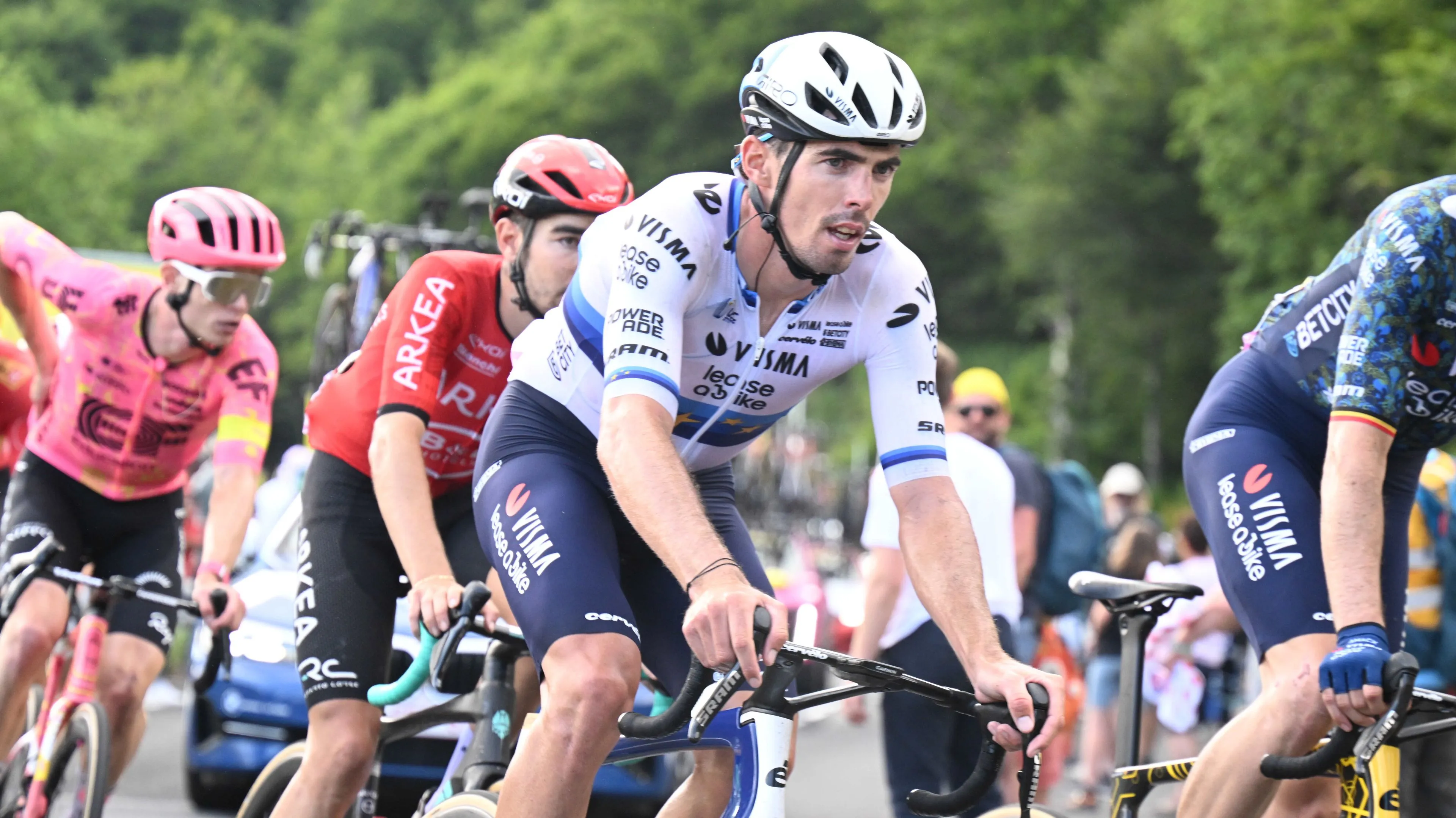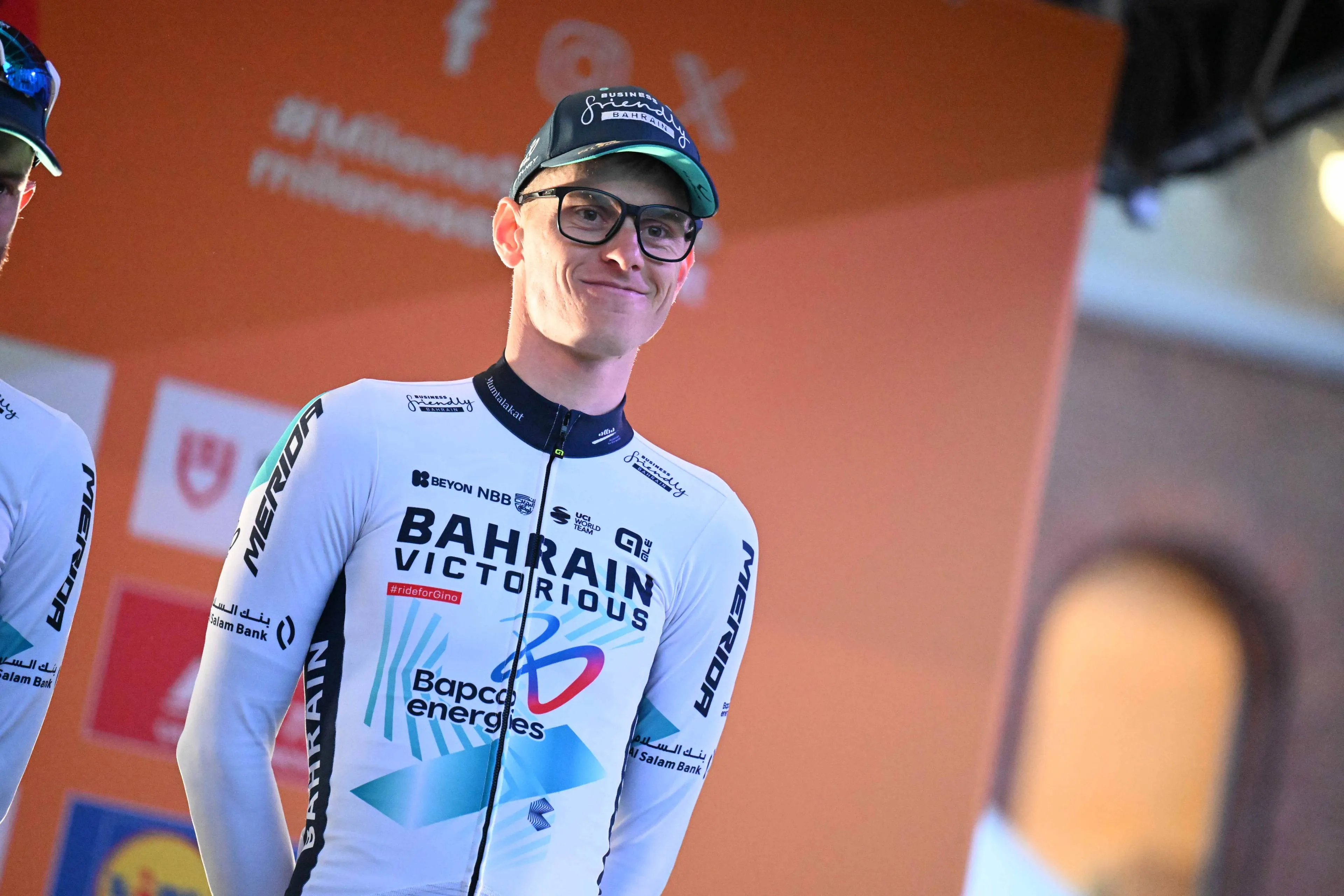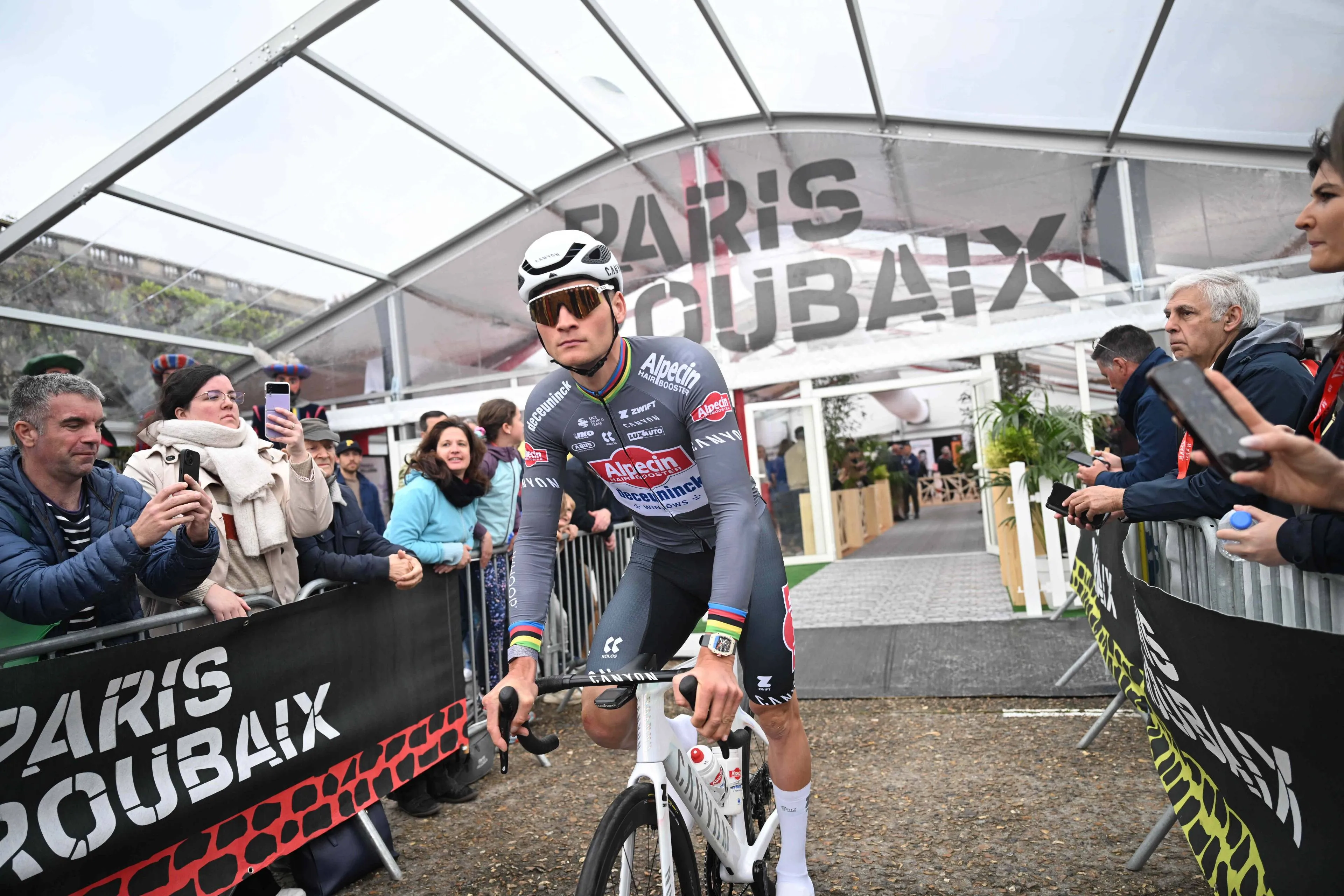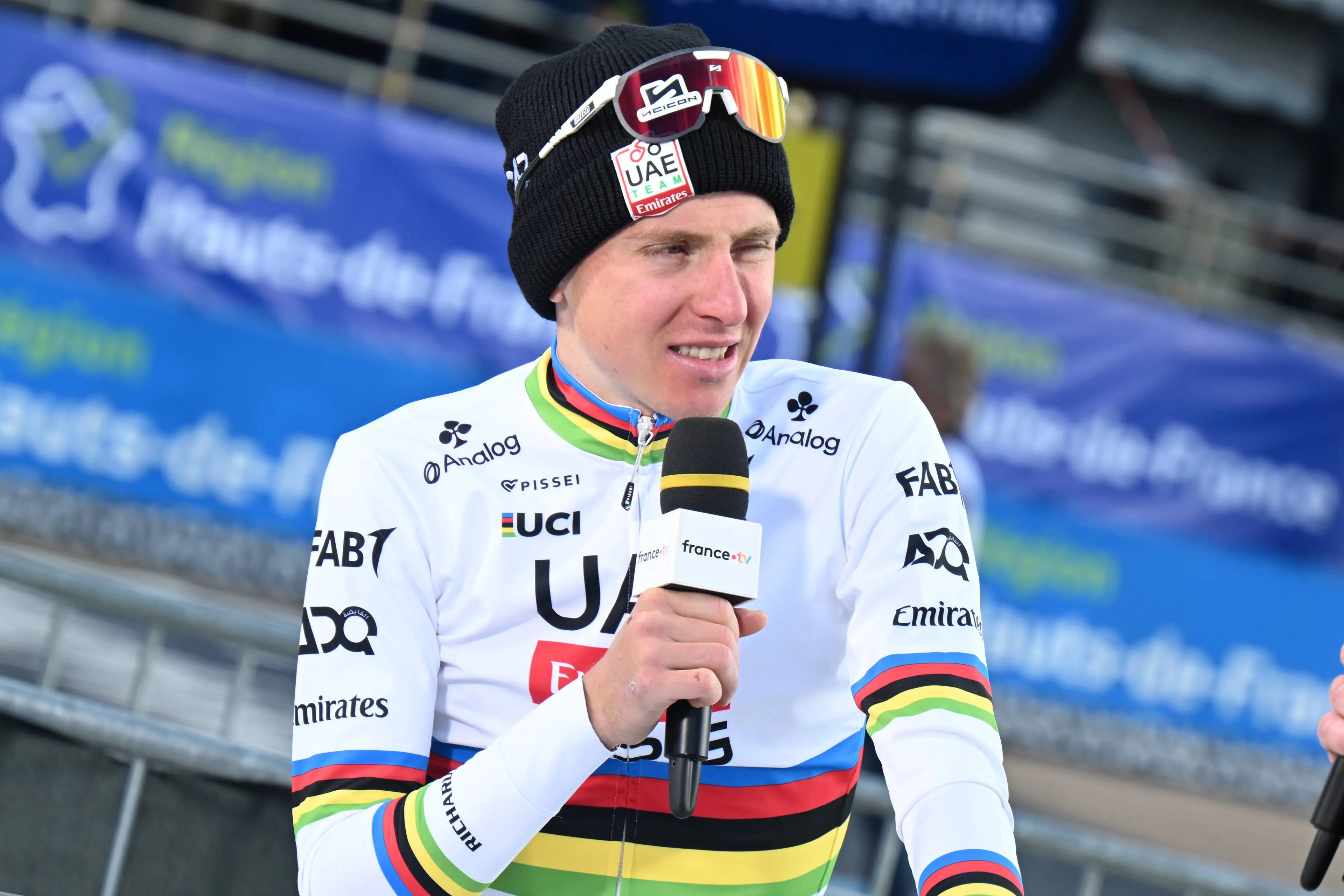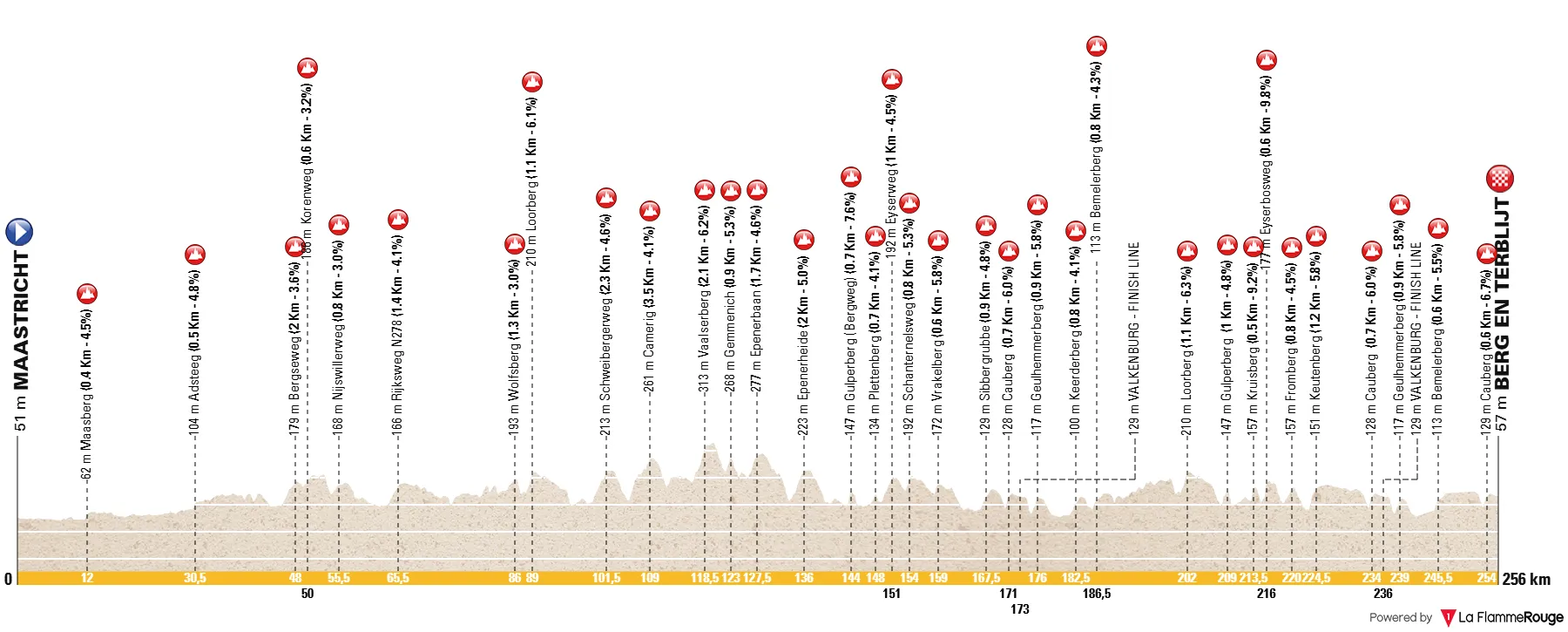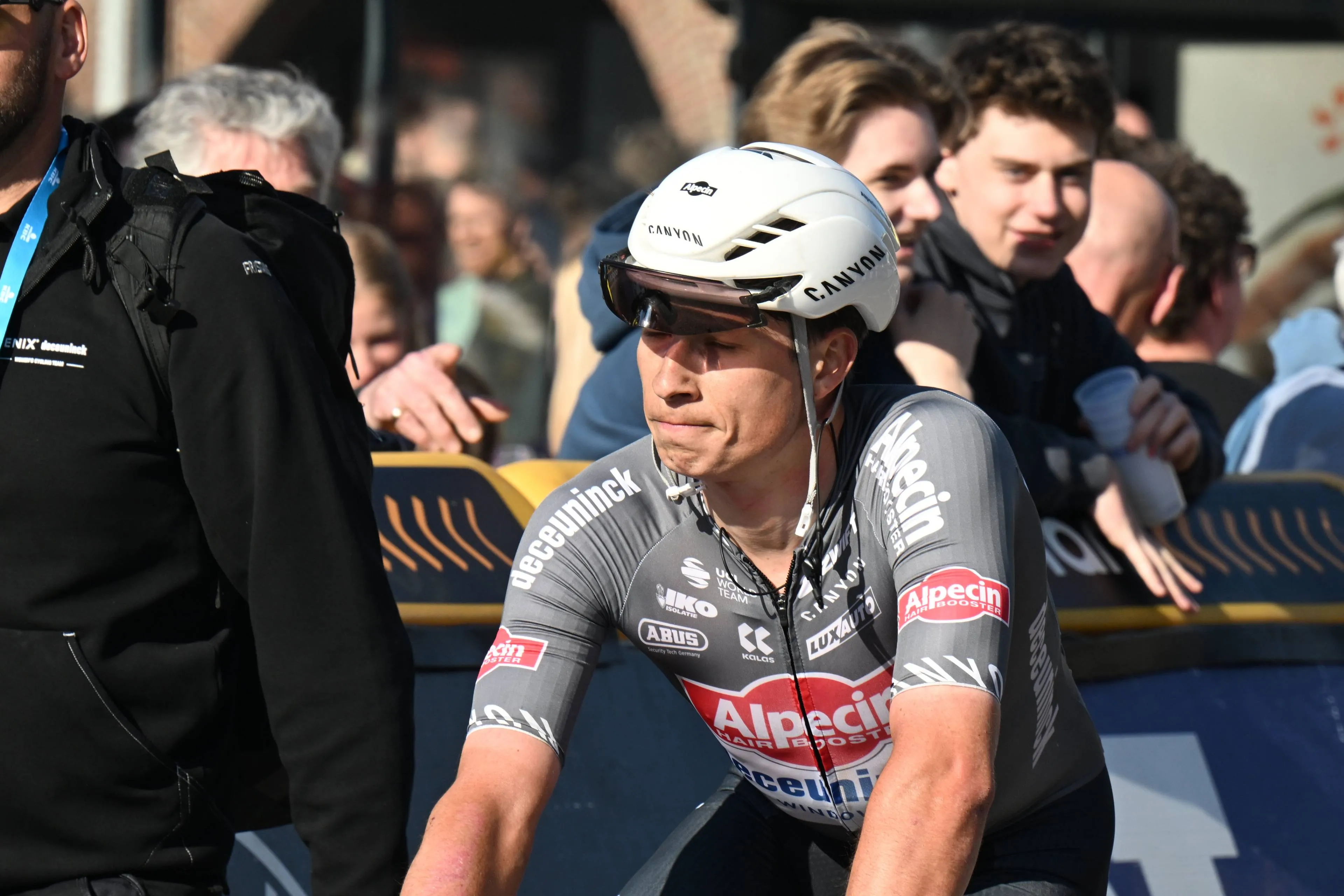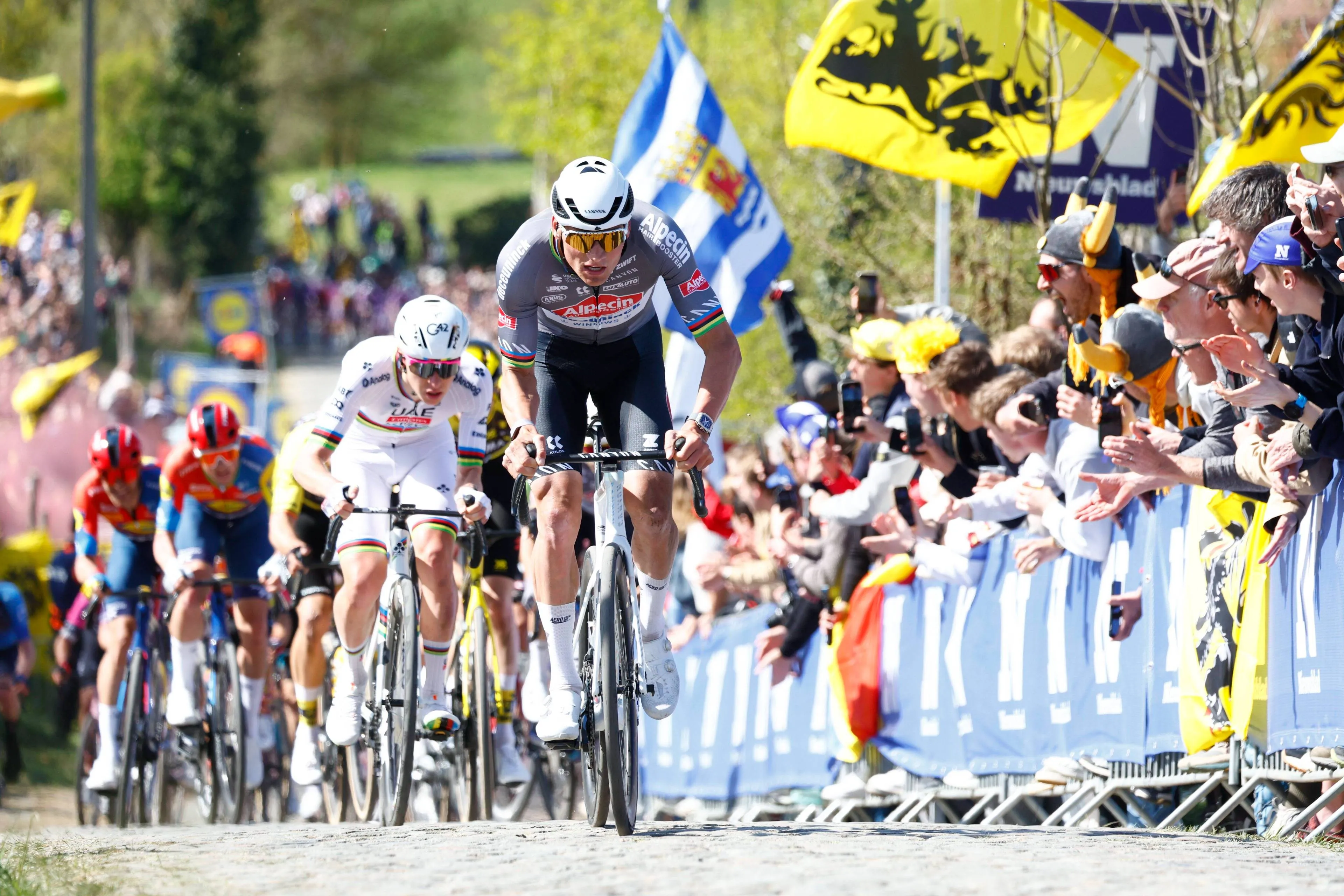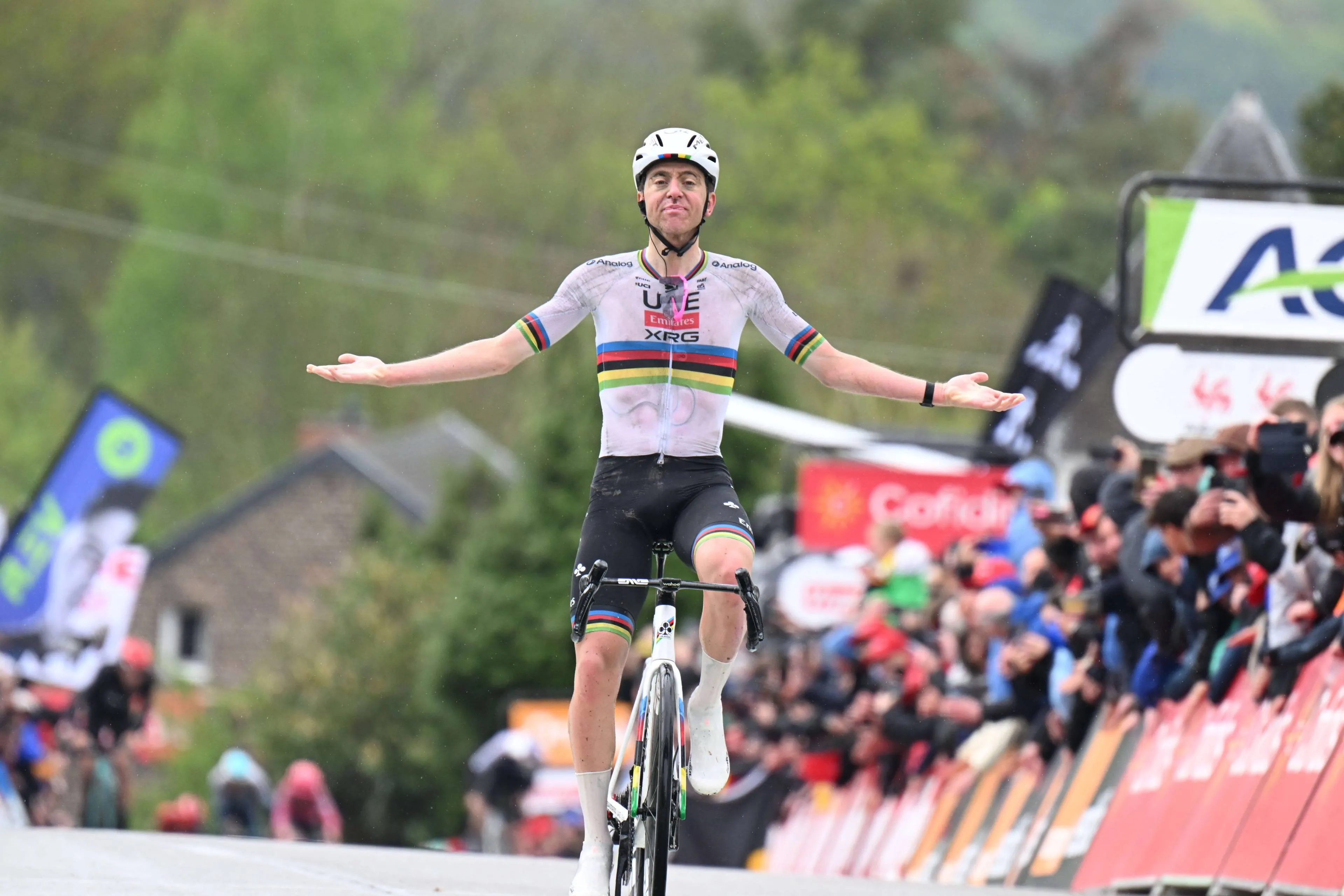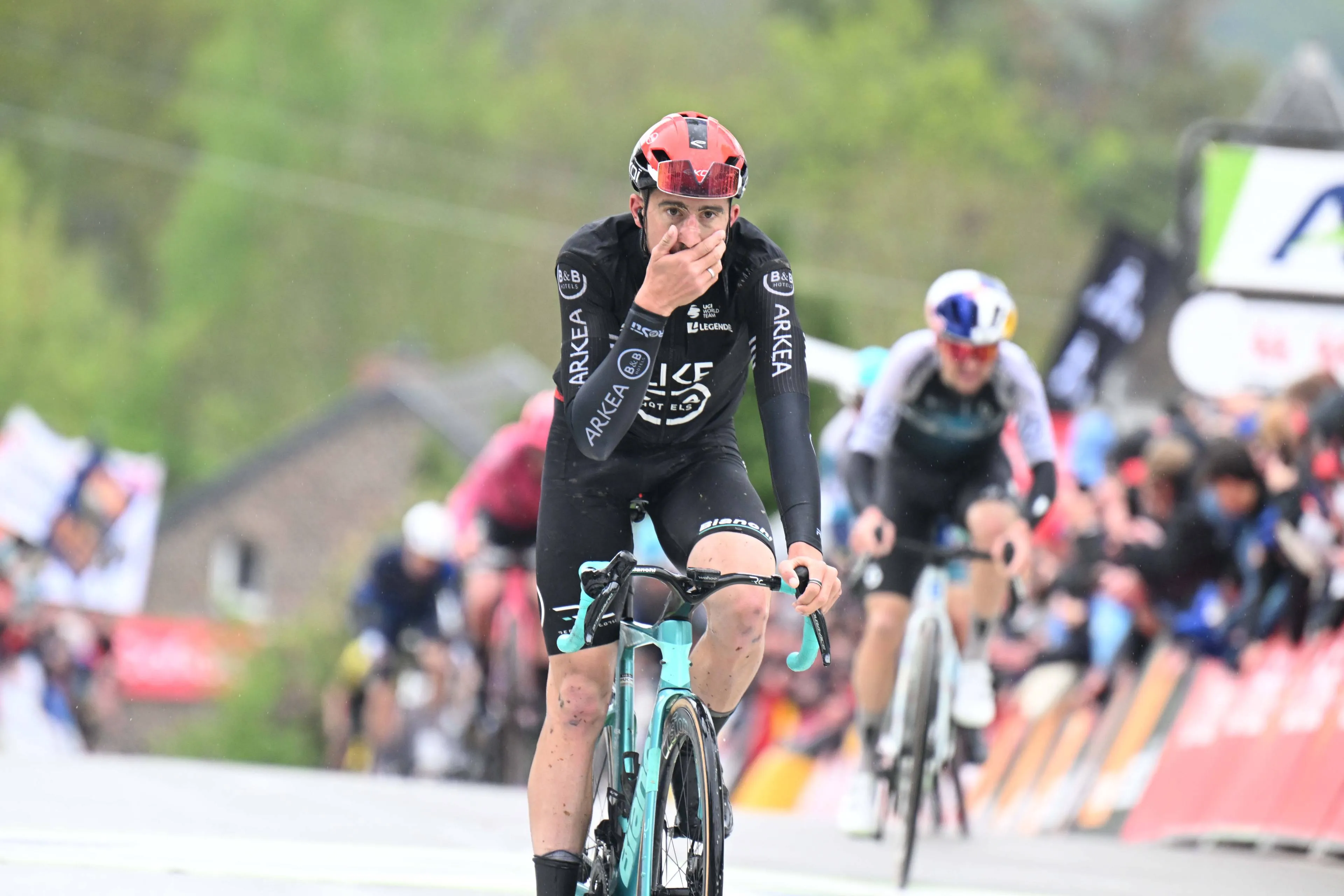OPINION: Mads Pedersen still hasn’t learned his lesson when racing Mathieu van der Poel
CyclingWednesday, 16 April 2025 at 23:02
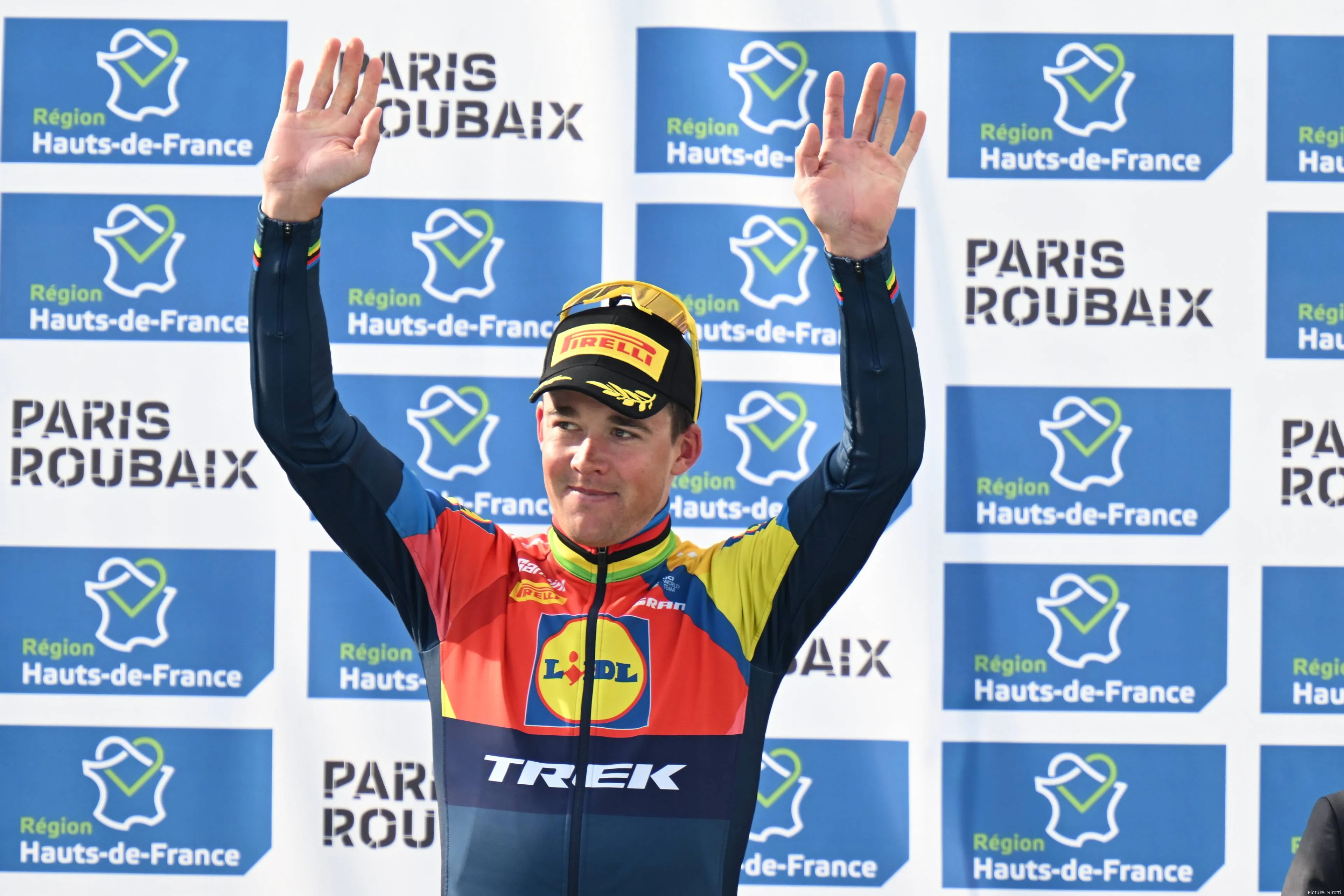
Don’t let the title fool you. Mads Pedersen got extremely
unlucky on Sunday at Paris-Roubaix.
It was the wrong moment for things to go wrong. In the midst
of what was shaping up to be a thrilling finale to the 2025 edition of the Hell
of the North, the Dane suffered a puncture at the worst possible time, just as
the race was exploding under the power of Tadej Pogacar and Mathieu van der
Poel.
After Tadej Pogacar crashed and was distanced, and as Van
der Poel romped clear to a third consecutive Roubaix title, Pedersen dug in and
limited his losses, rolling across the line in third place behind the Dutchman
and the recovering Pogacar. Another podium. Another might-have-been.
Read also
But while Pedersen was undeniably unlucky, his result wasn’t
down to bad fortune alone. Because once again, despite all his strength, form, and
undeniable talent, Pedersen made the kind of tactical choices that simply don’t
work when racing against a rider like Mathieu van der Poel.
And frustratingly, this isn’t the first time.
A familiar story
Look at the race footage, the analysis, and even the words
from Pedersen himself. There’s a growing pattern here, and it all points toward
the same problem: tactical naivety when racing the two most gifted riders of
their generation.
Read also
Let’s start with the breakaway after Arenberg. When the race
began to splinter and a key group formed, Pedersen worked with
Alpecin–Deceuninck riders, including Van der Poel and Jasper Philipsen. Tadej
Pogacar, too, contributed to the effort.
Why?
The Alpecin riders, especially Van der Poel, had the most to
gain. He was the strongest rider in the group, the race favourite, and the defending
champion. Yet instead of forcing Van der Poel and Philipsen to do the work,
Pedersen pulled turns.
And it wasn’t the first time this happened.
Back at the E3 Saxo Classic in March, Pedersen found himself
in a similar position. He rode with Van der Poel in a select group and helped
maintain the pace, only to be unceremoniously dropped on the Oude Kwaremont.
Read also
The lesson? Helping Van der Poel is almost always a losing
strategy. Just ask the peloton from the Peter Sagan era.
When Sagan was at his peak, rival riders refused to
cooperate with him. They knew that if they worked with him to close gaps or
chase breakaways, he’d simply smoke them at the finish. They left him isolated,
forced him to chase, and gambled on better odds with chaos.
With Van der Poel, Pedersen seems to do the opposite.
He collaborates. He helps maintain the pace. He plays into
the hands of the man he’s trying to beat.
Read also
A superb showman
Of course, it’s not as simple as sitting on and hoping.
Pedersen isn’t just a wheel-sucker. He’s a great animator of races, aggressive,
bold, and always keen to make something happen.
But sometimes that energy is misdirected.
At Paris-Roubaix, with just over 100km remaining, he
attacked in the crosswinds. It made for exciting viewing, but the move was
never likely to split the group or stick. The cost? Energy burned, with little
gained.
Read also
In races as long and brutal as Roubaix, those efforts add
up.
In a sport of marginal gains, wasted watts can be the
difference between following a late attack, or watching Van der Poel ride away.
The most frustrating part is that Pedersen knows all
of this. Before finishing second at the Tour of Flanders the week before,
Pedersen acknowledged Van der Poel’s brilliance, “If you let it come down to a
man-to-man fight, Mathieu will drop me.” Earlier this spring, he also said, “It
is clear that I cannot just follow and wait for what Van der Poel and Pogacar
are going to do.”
Those are honest, self-aware quotes. But what followed? He
rode with Van der Poel again. And again. And again.
Read also
The elusive monument
There’s no questioning Pedersen’s ability. In fact, his spring classics campaign has been outstanding:
- 7th at Milano–Sanremo
- 2nd at E3 Saxo Classic
- 2nd at Tour of Flanders
- 1st at Gent–Wevelgem (for a third time)
- 3rd at Paris–Roubaix
It’s one of the most consistent classics campaigns in years.
He’s finished on the podium at two of the three monuments so far, and won one
of the key cobbled semi-classics. He’s in peak form. He’s also the 2019 world
champion and has won stages in all three Grand Tours, very few riders can match
that résumé.
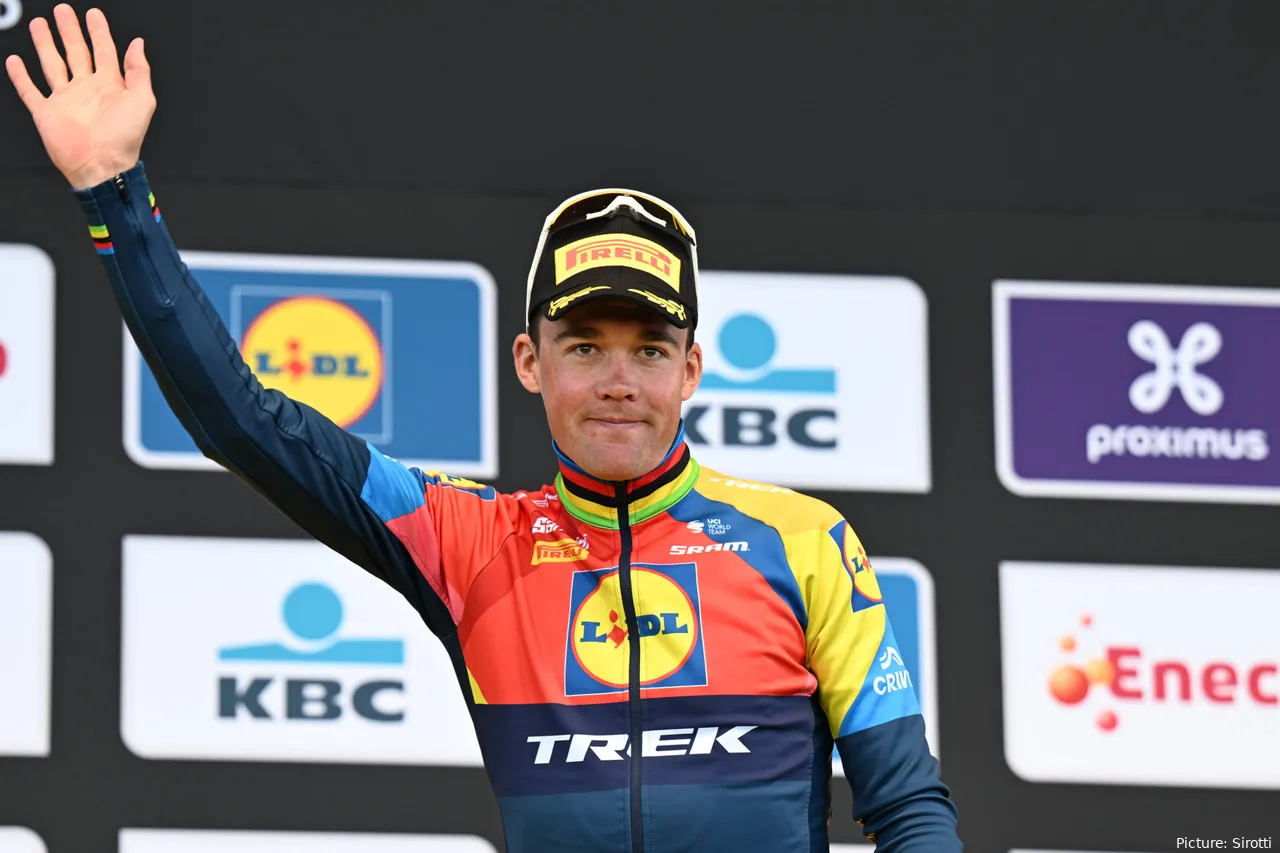
Pedersen is only missing a monument victory from his palmares
But the one thing still missing? A Monument victory.
And when he’s racing against someone like Van der Poel,
those chances are few and far between.
A generational misfortune?
To be fair to Pedersen, a big part of the problem is the era
he’s racing in.
If he had been born five years earlier, he might have been
the most dominant classics rider of his time. But instead, he shares the road
with Tadej Pogacar, Mathieu van der Poel, and Remco Evenepoel, a crop of
generational talent that has turned cycling’s biggest races into a closed shop.
Read also
Since the start of 2022, those three riders have claimed 19
of the last 22 major one-day races (Monuments, Worlds, Olympics). That’s 86.3%
of the sport’s most prestigious one-day wins.
Van der Poel alone has now won eight Monuments, plus world
titles on the road, in cyclocross, and in gravel.
He is a once-in-a-generation talent.
So yes, maybe even without the puncture, Pedersen would’ve
lost. That’s the safe bet. But if you know that, and if you’ve admitted that
you can’t match the man in a straight fight, why keep racing him like you can?
Read also
Lessons from the past
It’s worth reflecting on how others raced against dominance.
As mentioned earlier, Peter Sagan in his prime was
consistently isolated. His rivals made tactical decisions not to work with him,
even if it cost them a better placing. Why? Because they knew their only chance
to beat him was to let him do too much, and gamble on fatigue.
That’s how Philippe Gilbert beat Sagan at the 2017 Tour of
Flanders. And that’s also how Kasper Asgreen beat Van der Poel in 2021, no I’m
not taking anything away from Asgreen’s victory in Flanders, but maybe Van der
Poel blew up because Asgreen had him do more of the work?

Riders would actively race against Peter Sagan
Pedersen, tactically, hasn’t made that adjustment.
He races to animate, to honour the race, to make it
exciting. That’s admirable. But if he truly wants that elusive Monument
victory, he may need to play smarter, not just harder.
The silver lining
A quick look at their records shows that Pedersen can
sometimes beat Van der Poel.
- Gent–Wevelgem 2024
- European Championships 2024
- Milano–Sanremo 2024 – where Van der Poel sacrificed himself for Philipsen
- Tour of Flanders 2025 – where Pedersen finished ahead in the sprint, although Pogacar beat both
Read also
Those are important data points. He’s not losing every time,
but he’s not winning on the bigger stages either.
Time is ticking. He’s 29. And while he’s a rider who could
still win a Monument for several years to come, the windows of opportunity
won’t get any easier, especially if he keeps racing to Van der Poel’s
advantage.
Look, Mads Pedersen is a phenomenal bike rider. He’s strong,
consistent, fearless, and tactically astute (when he’s not chasing the
impossible). But racing Mathieu van der Poel head-to-head as an equal is, for
most riders, exactly that: impossible.
Read also
Pedersen has admitted as much himself. Now it’s time to
change the way he races against the Dutchman. Stop pulling. Stop animating at
100km to go. Start letting Van der Poel and Alpecin do the chasing. Gamble.
Frustrate. Save your bullets for the finale.
Because until he starts racing against Van der Poel instead
of with him, Pedersen may keep finding himself on podiums instead of the top
step.
claps 2visitors 2
11 Comments
Just in
Popular news
Latest comments
- Cycling is funny like that, you can be struggling for weeks, feeling like you’re tied back by an elastic and you can’t seem to find a solution and then bam, one day you’re flying like it snapped. Don’t know any other sport where you can hve such huge swings from one moment to the next.Mistermaumau24-04-2025
- Barney will be asking for doping controls on those beers ;-)Mistermaumau24-04-2025
- The champions of Amstel chugging contest are also the champions of this race. Coincidence? I think not :)
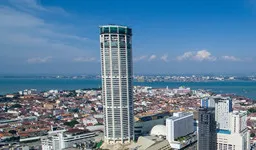 KerisVroom24-04-2025
KerisVroom24-04-2025 - " I can only blame that on the cold"... mmm... maybe you can blame the Mur de Huy. Even with 25°C you are far away from Tadej in hard climbs (and from Jonas). And this is a tired Tadej... Imagine a Tadej at 100% of his shape.. Wait for Liegi that suits better for you (rain or not rain).
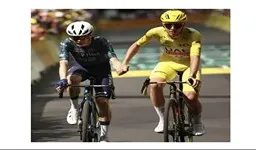 maria2024202424-04-2025
maria2024202424-04-2025 - The tiredness in all the photos from this race maybe? Good he stuck to the script, not sure he’d have been able to solo it.Jumpyjohn24-04-2025
- Si señor.Jumpyjohn24-04-2025
- Is this the son of Benjamin Noval Sr.? Former domestique of Lance Armstrong and Alberto Contador.
 James2631824-04-2025
James2631824-04-2025 - She was suited for Roubaix not for FW. Sd worx did the reverseabstractengineer23-04-2025
- Puck&Pog then ;-)Mistermaumau23-04-2025
- Yes, that would make it close to impossible but who says he will be doing both every year, at so e point he too will get sick or injured or crash and be out of action and someone else will have to win.Mistermaumau23-04-2025


